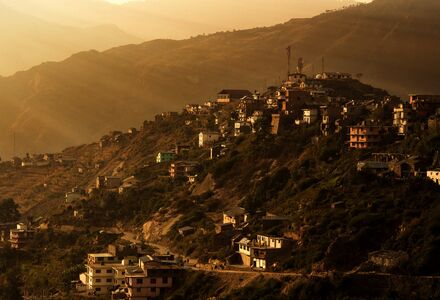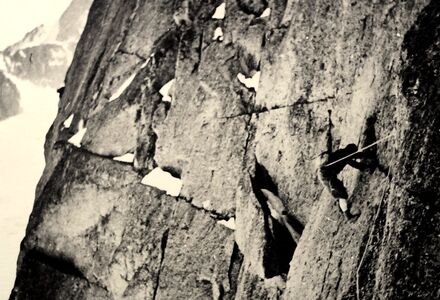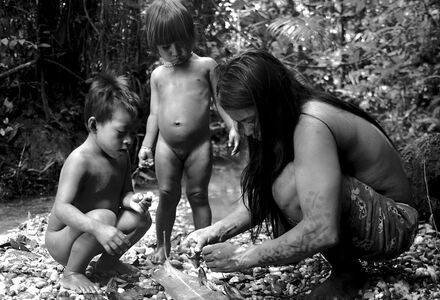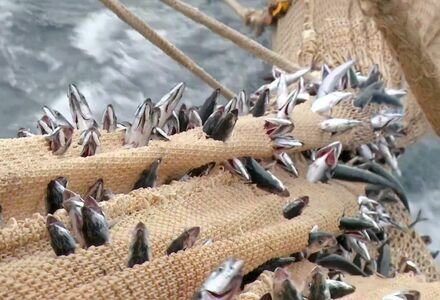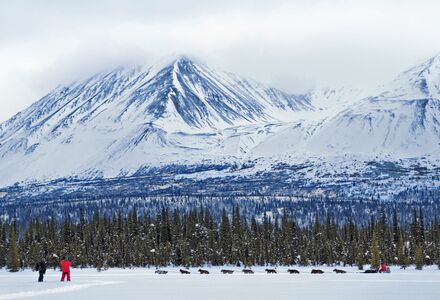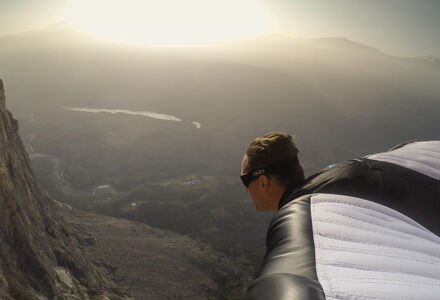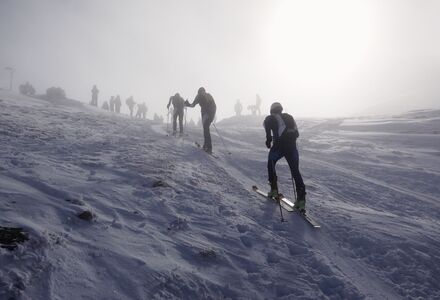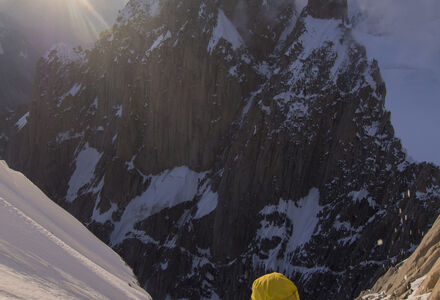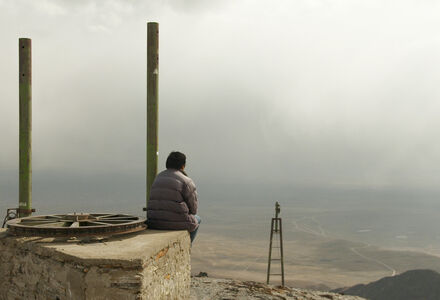Prize Winning Films 2017 - Download als PDF
Grand Prix Graz
This film about extreme mountaineering starts, like many others like it, with the definition of an Alpine goal and the preparations to reach it. However, after a calamity, the film takes a 180°turn and deflects from documenting a difficult climb to focusing on a journey into the psyche of the protagonist. The projected ascent and photo of a successful summit attempt turns out to become a descent into the depth of a human soul. This film does not only answer the question about the meaning of taking such a risk, it also answers the question which almost all submitted films deal with: Why?
Therefore, the Grand Prix Graz 2017 goes to Steve Wakeford for Magnetic Mountain.
Alpine Camera Austria
Whereas most of the films about Nepal deal with magnificent mountain panoramas, spectacular pictures in high altitudes and countless adventures in the climbers’ world, this film focusses on the people in Nepal. In short but precise and well-presented individual portraits, this film offers an interesting insight into the every-day challenges the Nepalese have to face in their country today, that have become even more demanding after the earthquake in 2015.
Lobende Erwähnung Kamera Alpin Austria: Brahmaputra – Die Serie
Kamera Alpin in Gold
According to a recently published study, 75% of the Central-European insect species have vanished over the last decades. However, the anxiety about this scaring result soon calmed down. What one doesn’t know one doesn’t protect – this sentence resulting from the experiences of biologists is true also in this context. ?
For instant, who knows that besides honeybees, in Central Europe there also exist 560 species of wild bees, whose lifestyle is very different from their domesticated relatives and whose ecological value is hardly known.
This documentary gives them a stage, it brings them into focus with all the means of modern nature films, providing surprising insights into a world which we thought we perfectly knew. We watch a poppy bee constructing a “nursery of red velvet” for her offspring, made of fingernail-sized corn poppy blooms. We admire a bee, whose tower-like earth buildings look like mini-models of termite hills, or the two-coloured mason-bee who deposit the pollen in empty snail shells as supplies for the larva. ?When we were little, we already learnt to love Maya the Bee. Now we are touched by the destiny of her wild relatives. Therefore, the prize goes to „Biene Maja und ihre Schwestern“.
The film begins with a nightmare, a disaster. A disaster, which puts into question one’s actions and one’s passion as such. From there, the film develops an absorbing parable about guilt, responsibility, and, above all, a story of an unwavering companionship and love beyond death. Human intimacy and warmth contrast with an inhuman, dark and cold environment. Even the taciturn protagonists fall silent, facing the quiet and the calm of the bizarre underwater world, and an insignia of bravery attempts to soften the eternal inner pain. The prize in category S goes to Diving Into The Unknown.
Making such a film requires courage. To narrate this touching story of a mountain love in the 1930s, exclusively with original material, is a daring adventure – but one that works. Thanks to his meticulous preparation and his precise sense of just the right way of presenting the story, the director manages to revive the freeze images of old photo albums and to create a touching life story in the minds of the viewers. Nini, who found her love on the mountains, was one of the few women who dared to climb mountains and to shoot her adventures with a 16mm camera. When, some years later, her partner was killed in an accident, her adventure came to an end, and Nini dedicated herself to her child from those happy years. It was more than half a century later that her son found those old materials and won over the director Gigi Giustiniani to film this story The result was so vivid, that the jury almost fell in love with Nini. The prize of category A goes to Gigi Giustiniani for the creation of Nini.
This film states its message distinctly because of the interest, empathy and personal passion of the filmmaker. He describes the struggle for survival of the Waorani tribe, and despite the repeatedly shown brutality the film never becomes voyeuristic but depicts reality clearly. One can call this film a “true avatar” because it presents in an unvarnished way the tragedy caused by the modern economic greed for profit. The dilemma faced by that part of mankind who cannot or do not want to compete must not be hidden from the spectators. ?
Lobende Erwähnung
Politics, economy, ecology, nature protection, society. “Atlantic” addresses these topics and challenges which the world community will be forced to deal with. The three easily comprehensible stories succeed in giving the viewers an understanding of these complex problems sensitizing them to these truly vital issues.
This film shows the protagonist’s superhuman fight for victory and acknowledgement. However, it is not a question of winning one of the hardest dog-sled races in the world, but the lonely fight of a son, who suffers extreme hardship to win the refused love and acknowledgement of his father. The dogs of his sled are the only living beings to whom the lonesome athlete feels attracted. On their long leashes, they pull him not only to his victory, but also out of his loneliness. The dog-sled race is the “battlefield” on which the son confronts his father and enforces the restoration of the “order of love”.
7 Minutes and a few shots suffice for the director to tell a great drama. Everybody knows: the next base jump may be the last. In the faces of the mother and the girlfriend, and in the minds of the viewers, the fatal end seems imminent – because it is the last jump However, the base jumper survives.
Is it about victory? Is it about an outstanding sporting achievement? Is it about pushing yourself beyond your limits? In an amiable yet thrilling way, “Encordés” manages to answer these very questions by setting the perfect stage for each individual protagonist.
An adventure in extreme exposed conditions and extreme weather. The protagonists fail to reach their actual goal, despite longstanding efforts. Their faces and the pictures do not reflect heroism and pathos, but fear and apprehension whether they will survive this adventure. In the end, a compromise has to be accepted, which means, that they have to content themselves with a smaller goal. Nevertheless, they come out from this adventure not disappointed but stronger. In claustrophobic pictures, the mountain mutates from an “Alpine problem” into a master.
With a wink and razor-sharp observation, the filmmaker manages to give a touching insight into the changes our planet undergoes and their impact on the everyday life of mankind.

